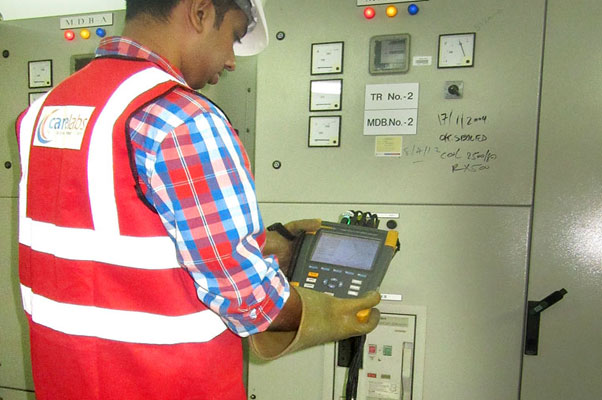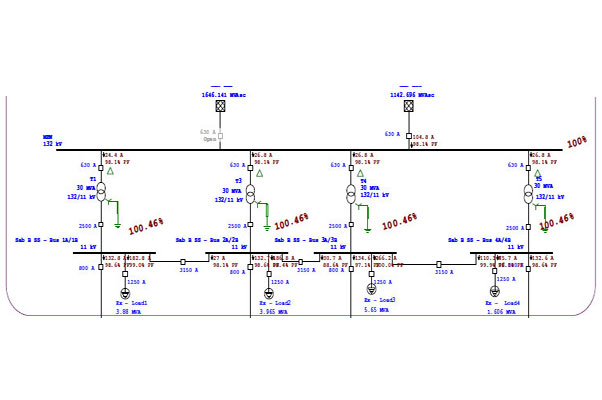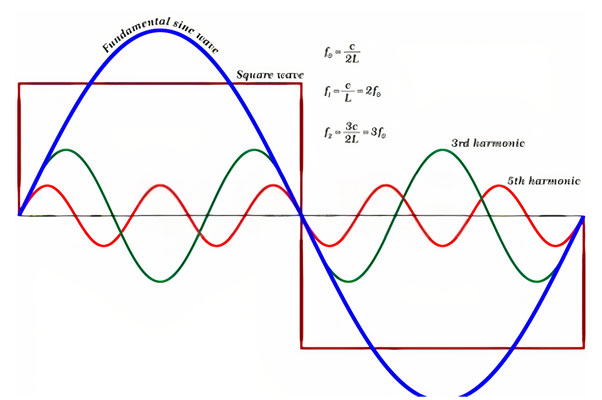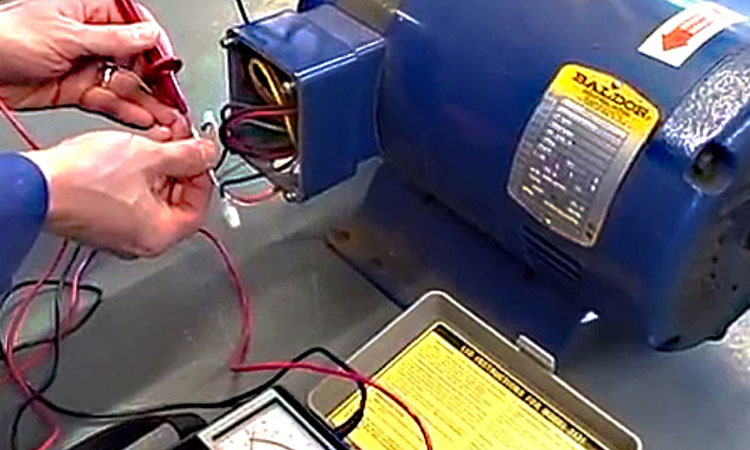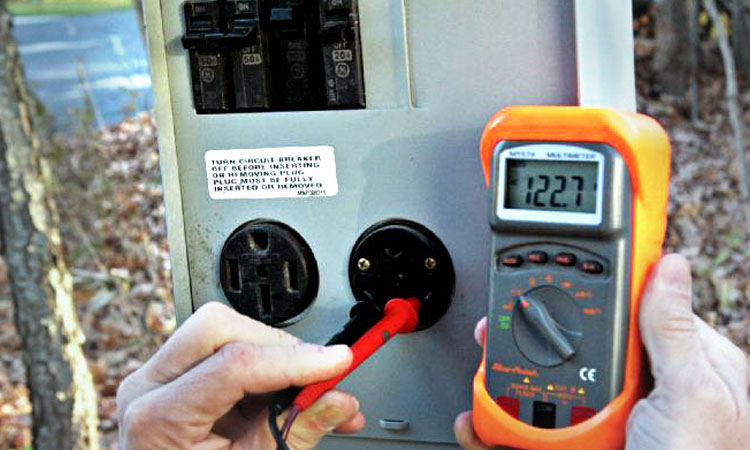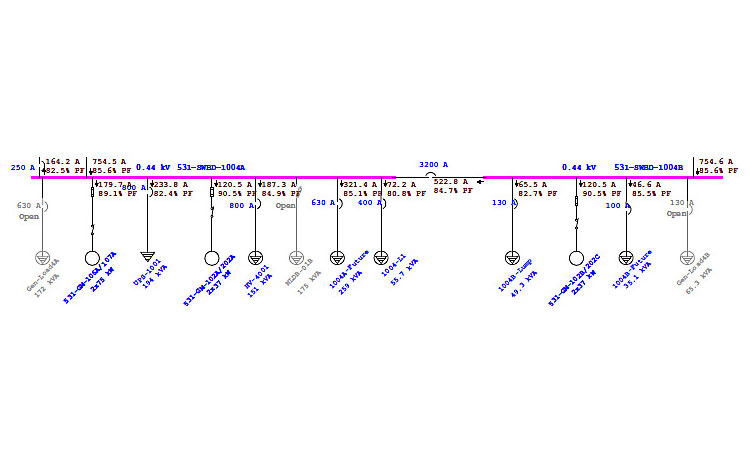Industrial electric motors are employed throughout the global economy to drive a variety of applications.
According to the International Energy Agency-IEA, motor can account for up to 70% of the total energy consumption in an industrial, 35 % of commercial & service sectors, and consumes an average of 45 % of all generated electricity worldwide.
These facts show that electric motors are an essential part for many industrial processes, the cost of downtime associated with motor failure can be thousands of dollars per hour.
They are the key source of environmental pollution and greenhouse gas emissions from power plants. And they are responsible for a large share of the rapidly growing electricity demand in developing economies.
Improving the energy efficiency of industrial motors by roughly 20 % to 30 % has global economic potential, with payback times typically less than three years.
Out of total global CO2 emissions of 26 billion tons, electric motors account for around 15 % or 4.3 billion tons of carbon-CO2 emission every year.
Energy efficiency is one of the most cost-effective and low-risk methods to lower the increasing energy demand and reduce greenhouse gas emissions.
Benefits of Using a Efficient Motor:
- Lower operating costs
- Quieter and cooler operation
- Higher reliability and longer motor life
- Reduced greenhouse gas emissions
Motor Start Analysis:
Not all the power absorbed by the electric motors convert into mechanical energy, a portion of energy wasted as losses in the stator, rotor, magnetic core, and as friction and windage losses. These losses are the reason for reduction in motor efficiency.
If energy consumption and industrial use of electric motors are taken into account, the necessity and the importance of efficiency measurement and minimum energy performance standards will be clearly understood.
The accuracy of the efficiency and motor loss determination depends on the test method used. There is no single standard testing method used in industries globally.
Although it is a simple concept, measuring and verifying the motor energy efficiency with the different standards can be challenging.
International Standard Efficiency Testing Methods:
The following test methods are commonly referred to in industrial applications:
IEEE 112-2004 is a standard test method for polyphase motors and generators
International Electrotechnical Commission (IEC) Publication 60034-2-1: 2014, Methods of determining losses and efficiency of rotating electrical machinery from Tests
JEC 37: Japanese Electrotechnical Committee, the standard for induction machine.
IEEE Standard 112-2004
This method includes ten test methods for energy efficiency. To quote the most important:
- Simple input-output test.
- Input-output test with loss separation.
- Back-to-back connected machine test with loss separation.
- Determination of load losses using smoothing residual losses
- The Eh-star method
The IEC standard test can be classified into three types:
- Input-Output power measurement of one machine.
- Input-Output power measurement in back-to-back connected machines.
- Losses measurement of one machine
The Japanese JEC standard 37 test methods completely neglect the additional load losses.
Australian Standards/Regulation:
Minimum Energy Performance Standards-MEPS regulates the minimum energy performance level that equipment must meet or exceed before it can be offered for commercial purposes. MEPS is mandatory for a range of products Australian market.
Unless you have documented proof that the motors/products were implemented the current MEPS requirements, penalties apply for non-compliant products, including product recall.
Australia has already implemented two MEPS stages- MEPS1 since 2001 & MEPS2 since 2006 for three-phase cage induction motors. MEPS is regulated through state government laws and regulations.
MEPS energy performance in the Australian standard AS/NZS 1359.5:2004 is similar to the international standard IEC 60034-30-1:2014 high-efficiency levels (IE2). High-efficiency levels – HEPS is similar to the premium efficiency levels (IE3).
EMSA: Electric Motor Systems Annex- 4E provides a forum for a direct and in-depth experience with motor sets efficiency policy in various countries.
Australia is playing a leading role to harmonize testing methods for electric motors at the international level.
Australia is one of the members of EMSA and is task Leader for the International Energy Agency’s 4E EMSA testing centers.
Improving the energy efficiency of appliances and equipment has important economic and environmental benefits including reduced running costs for businesses.
Care Labs offer motor start analysis services in all the major cities of Queensland, New South Wales, South Australia, Victoria, Tasmania, and Western Australia.



